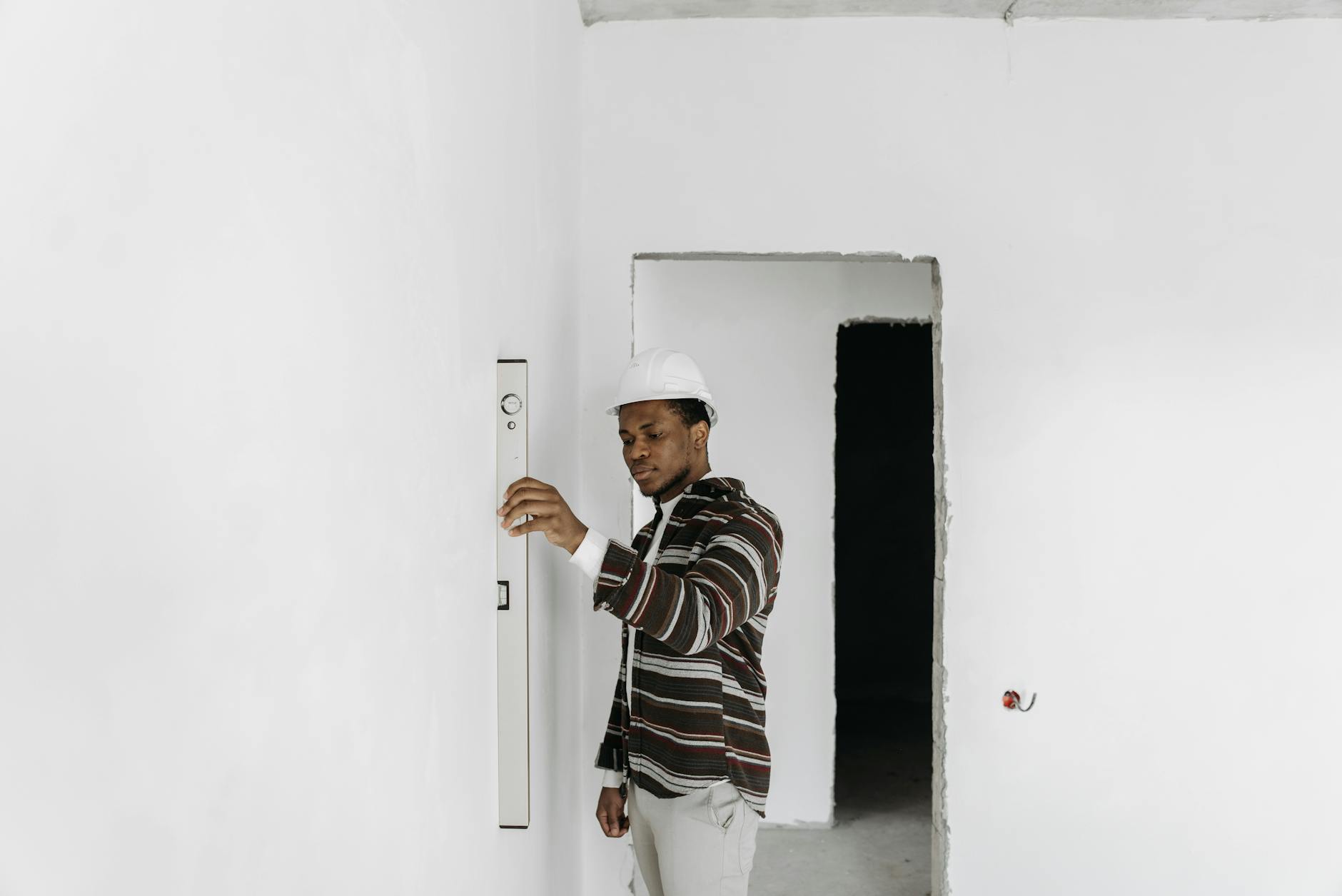Emerging Trends in Affordable Housing Development
Emerging trends in affordable housing development are reshaping the way communities approach one of the most pressing challenges worldwide: providing safe and accessible homes for all income levels. As urban populations swell and housing costs continue to rise, developers, policymakers, and social innovators are adopting new strategies to create sustainable, affordable living spaces without compromising quality. This article dives into the latest developments that are driving affordability in housing projects, ranging from innovative construction technologies to policy reforms and community-centric approaches. Understanding these trends is key for stakeholders seeking to balance economic feasibility with the social necessity of affordable housing. By exploring shifts in design, financing, and technology, we paint a comprehensive picture of where affordable housing is headed in the coming years.
Integration of modular and prefabricated construction
The adoption of modular and prefabricated building methods is rapidly transforming affordable housing development. These techniques involve manufacturing housing components off-site in controlled environments, which significantly reduces construction time and labor costs. Modular construction can cut project timelines by up to 50%, enabling developers to meet urgent housing needs more efficiently.
Additionally, the precision of factory settings reduces material waste and improves quality control. This innovation also allows for greater scalability, as components can be mass-produced and adapted for various designs, ensuring affordability without sacrificing aesthetic and functional standards.
Utilizing green building practices and sustainable materials
Environmental considerations are becoming integral to affordable housing projects. Incorporating sustainable materials such as recycled steel, bamboo, and low-impact concrete helps lower the carbon footprint and reduce long-term maintenance costs for residents. Green building certifications like LEED (Leadership in Energy and Environmental Design) are also gaining traction.
Energy-efficient appliances, solar panels, and smart climate control systems are increasingly integrated, cutting utility expenses for tenants. These features not only benefit residents by lowering monthly costs but contribute to broader climate goals—making sustainable affordable housing a win-win strategy.
Innovative financing models and policy support
Financial innovation plays a crucial role in expanding access to affordable housing. Public-private partnerships, community land trusts, and social impact bonds are becoming more common as mechanisms to mobilize capital for housing projects. These financing models spread risks and incentivize investments that traditional funding sources may overlook.
At the policy level, governments worldwide are introducing zoning reforms and incentives that promote higher density, mixed-use developments, and inclusionary zoning programs. Such policies encourage private developers to integrate affordable units into market-rate projects, increasing overall housing stock without significantly altering existing urban landscapes.
Emphasis on community engagement and mixed-use developments
Emerging trends emphasize that affordable housing should not exist in isolation but be integrated into vibrant communities. Mixed-use developments that combine residential, commercial, and recreational spaces foster social inclusion and economic opportunities for residents.
Inclusive design practices encourage stakeholder participation, ensuring projects meet local needs and preferences. Community engagement also strengthens social cohesion, reduces stigma associated with affordable housing, and supports long-term neighborhood revitalization.
| Trend | Key benefits | Impact on affordability |
|---|---|---|
| Modular construction | Reduced time and labor costs, scalability | Lower upfront and overall project costs |
| Green building practices | Energy savings, environmental sustainability | Reduced utility and maintenance expenses |
| Innovative financing | Increased capital flow, risk mitigation | More projects funded, greater housing supply |
| Community engagement | Social cohesion, neighborhood revitalization | Better user satisfaction, sustained affordability |
In conclusion, the landscape of affordable housing development is evolving through a combination of advanced construction techniques, sustainable practices, innovative financing, and community-centered design. Modular and prefabricated construction dramatically reduce costs and speed project delivery, while sustainable materials and green technologies help lower operational expenses for residents. At the same time, evolving financial mechanisms and supportive policies enable the funding and regulatory environment necessary for these projects to thrive. Finally, embedding affordable housing within mixed-use, engaged communities mitigates social isolation and promotes long-term success. Together, these trends not only improve affordability but also enhance the quality and livability of housing, offering a holistic approach to addressing global housing challenges.
Image by: Pavel Danilyuk
https://www.pexels.com/@pavel-danilyuk
editor's pick
latest video
news via inbox
Nulla turp dis cursus. Integer liberos euismod pretium faucibua

